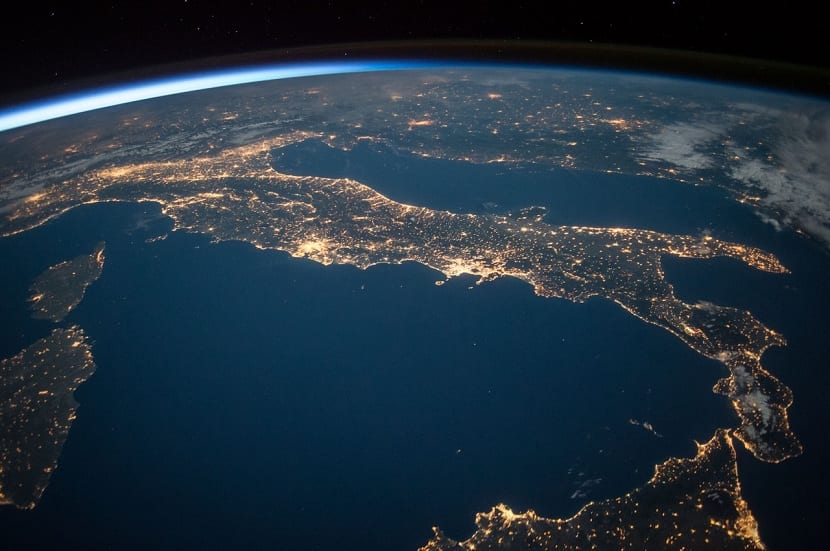
When we talk about the movement of the Earth within our Solar system Rotation and translation movements come to mind. They are the two best known movements. One of them is the reason that there is day and night and the other causes that there are seasons of the year. But these movements are not the only ones that exist. There are also other movements that are important and not as well known as it is the nutation and precession movement.
In this article we are going to talk about the four movements that our planet has around the Sun and the importance of each one of them. Do you want to know more about it? You just have to keep reading.
Rotatory motion

This is the best known movement along with the translation. However, surely there are important aspects that you do not know about it. But it doesn't matter, because we're going to go over them all. We start with defining what this movement is. It is the rotation that the Earth has on its own axis in the West or East direction. It is considered as anti-clockwise. The Earth goes around itself and it takes an average of 23 hours, 56 minutes and 4 seconds.
As you can see, because of this rotational movement there is day and night. This occurs because the Sun is in a fixed position and only illuminates the face of the Earth that is in front of it. The opposite part will be dark and it will be night. This effect can also be seen during the day, observing the shadows after hours. We can appreciate how the Earth when moving makes the shadows are elsewhere.
Another consequence of this quite important rotational movement is the creation of an Earth's magnetic field. Thanks to this magnetic field we can have life on Earth and continuous protection from radiation from the solar wind. It also allows life on Earth to be in the atmosphere.
If we take into account the situation in each point of the planet, the speed with which it rotates is not the same on all sides. If we measure the speed from the equator or at the poles it will be different. At the equator it will have to travel more distance to turn on its axis and it will go at a speed of 1600 km / h. If we choose a point at 45 degrees north latitude, we can see that it rotates at 1073 km / h.
Translation movement
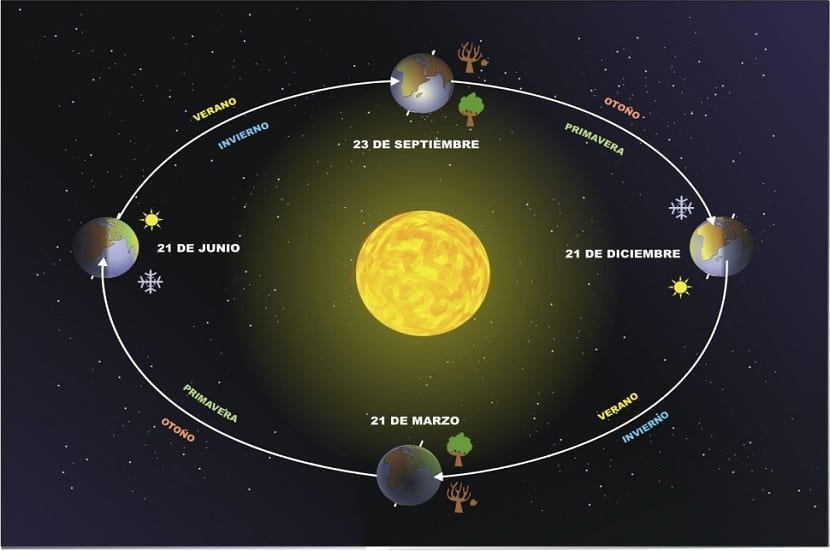
We proceed to analyze the second most complex movement of the Earth. It is the movement that the Earth has that consists of making a turn in its orbit around the Sun. This orbit describes an elliptical movement and makes it closer to the Sun and sometimes further away.
It is believed that during the summer months are hotter because the planet is closer to the Sun and further away in winter. It is something coherent to think about, since if we are further away, less heat will reach us than if we are closer. However, it is quite the opposite. In summer we are further from the Sun than in winter. What is determining when the succession of seasons is not the distance from the Earth with respect to the Sun but the inclination of the solar rays. In winter, the Sun's rays hit our planet in a more inclined way and in summer more perpendicular. This is why there are more hours of sunshine in summer and more heat.
It takes the Earth 365 days, 5 hours, 48 minutes and 45 seconds to make one complete revolution on its axis of translation. Therefore, every four years we have a leap year in which February has one more day. This is done to adjust the schedules and to keep it always stable.
The Earth's orbit about the Sun has a perimeter of 938 million kilometers and is kept at an average distance of 150 km from it. The speed at which we travel is 000 km / h. Despite being a great speed, we do not appreciate it thanks to Earth's gravity.
Aphelion and perihelion
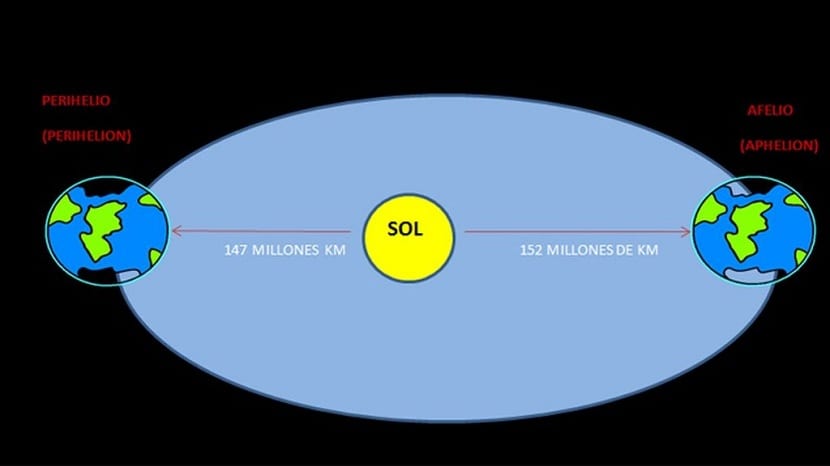
The path our planet makes before the Sun is called ecliptic and passes over the equator in early spring and fall. They are called the equinoxes. In this position, day and night last the same. At the furthest points from the ecliptic we find the summer solstice and winter. During these points, the day is longer and the night is shorter (at the summer solstice) and the night is longer with the shortest day (at the winter solstice). During this stage, the sun's rays fall more vertically on one of the hemispheres, heating it more. Hence, while in the northern hemisphere it is winter in the south it is summer and vice versa.
The translation of the Earth on the Sun has a moment when it is farthest away called Aphelion and it happens in the month of July. On the contrary, the closest point of the Earth to the Sun is perihelion and it occurs in the month of January.
Precession motion
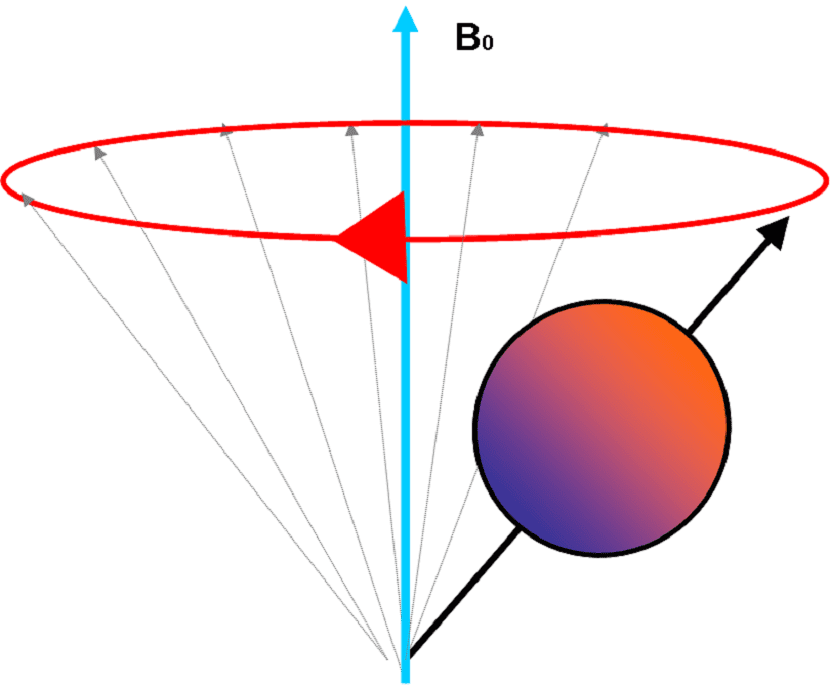
It is the slow and gradual change that the Earth has in the orientation of the axis of rotation. This movement is called the precession of the Earth and is caused by the moment of force exerted by the Earth-Sun system. This movement directly affects the inclination with which the sun's rays reach the earth's surface. Currently this axis has an inclination of 23,43 degrees.
This tells us that the Earth's axis of rotation does not always point to the same star (Pole), but rotates in a clockwise direction, causing the Earth to move in a motion similar to that of a spinning top. A complete turn in the precession axis takes about 25.700 years, so it is not something appreciable on a human scale. However, if we measure with geological time we can see that it has great relevance in the periods of glaciation.
Nutation movement
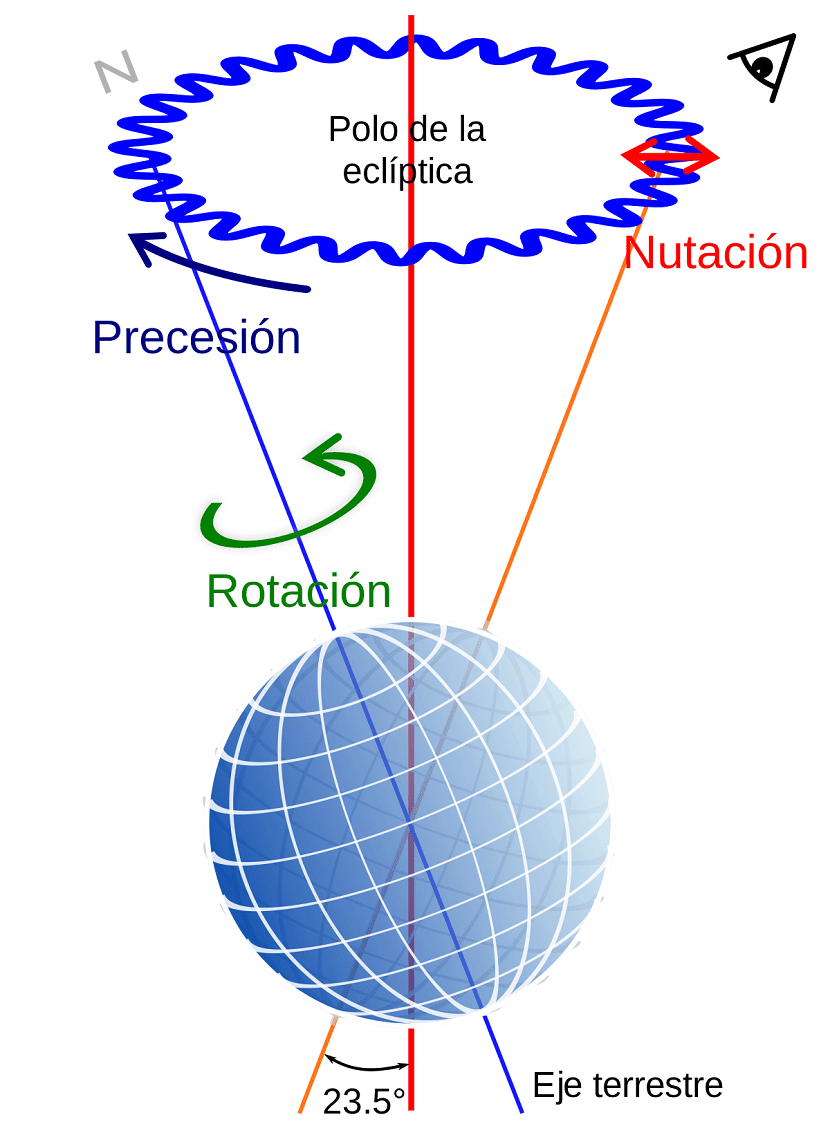
This is the last major movement our planet has. It is a slight and irregular movement that takes place on the axis of rotation of all symmetrical objects that rotate on its axis. Take gyros and spinning tops, for example.
If we analyze the Earth, this nutation movement is the periodic oscillation of the axis of rotation around its average position on the celestial sphere. This movement occurs at cause of the force exerted by Earth's gravity and the attraction between the Moon, the Sun and the Earth.
This small swing of the earth's axis takes place due to the equatorial bulge and the attraction of the moon. The nutation period is 18 years.
I hope that with this information you can better understand the movements of our planet.
very good, thanks for the info